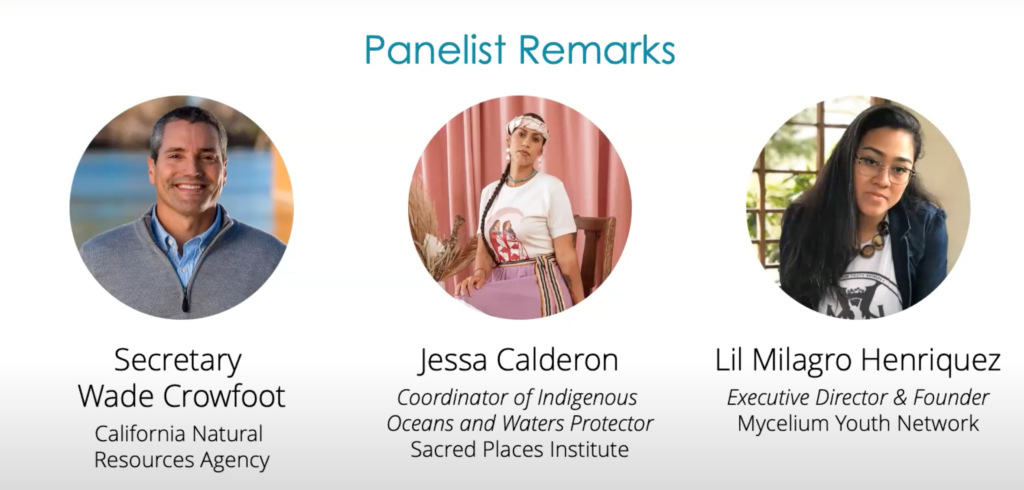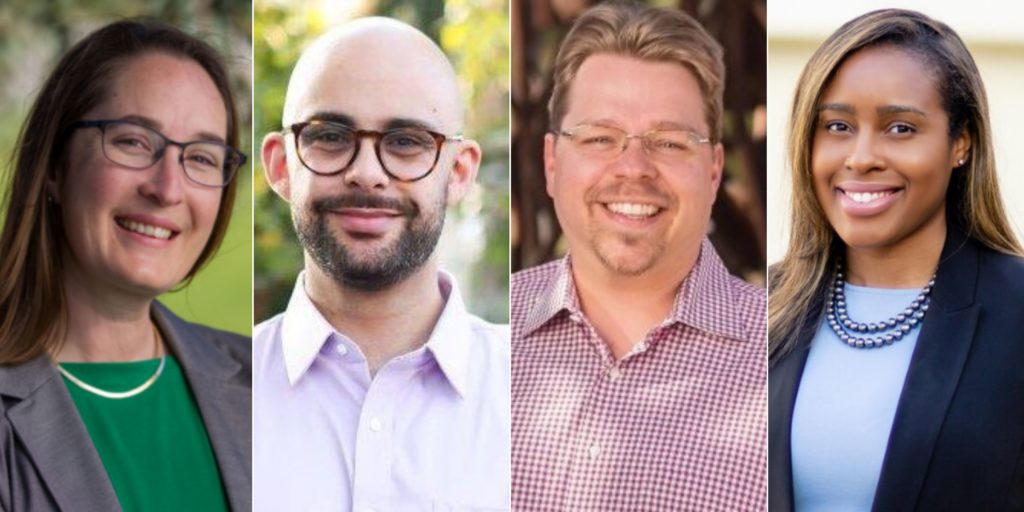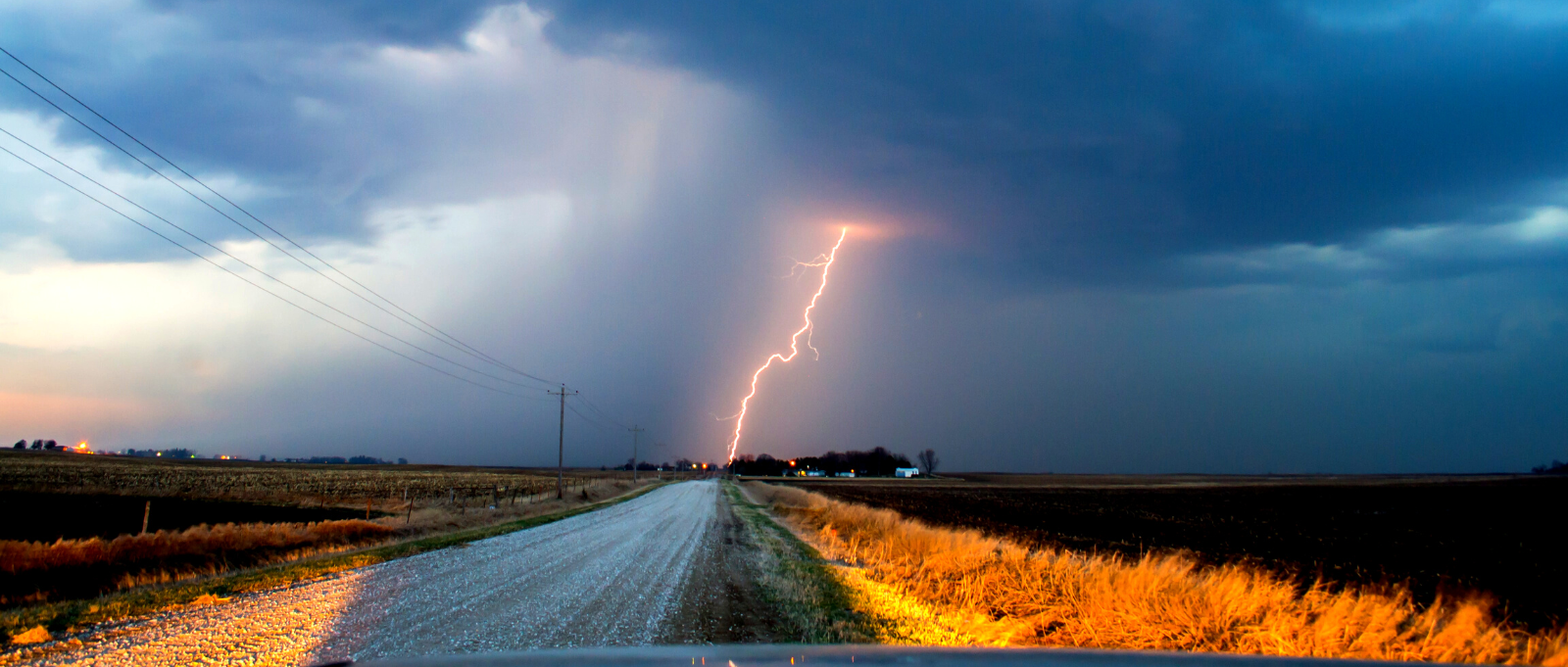July 30, 2021
Topic
The climate challenges we face are undoubtedly immense. Communities are already facing the devastating impacts of wildfires, extreme heat, drought, and flooding, exacerbating historic and ongoing inequities in marginalized communities. However, we know that there are many successes to celebrate – from community-led initiatives to ambitious State actions and beyond. The adaptation community is growing and mobilizing, more communities are developing actionable adaptation plans, and we’re continuing to witness our collective transition from adaptation awareness and planning to real, on-the-ground action.
Last week, we kicked off the California Adaptation Forum in partnership with the Governor’s Office of Planning and Research. This year’s virtual forum is being organized as a 5-month virtual series which runs from now through October.

The focus this year is on advancing equitable adaptation, catalyzing meaningful adaptation action and integrated planning for holistic solutions, themes that could not be more prescient.
The fear, trauma, inequities, and disruptions over the last 16 months of the pandemic have highlighted how broken our current systems are— we can’t go back to the status quo and we can’t boost the economy in a way that would continue to lead us into further health or equity crises— it’s imperative that we move into a season where we prioritize equity, sustainability, and resiliency.
“This world is ready for transformation” said Kemara Night, author, multidisciplinary artist, and advocate for justice beautifully to the CAF2021 audience in her opening poem.
With the unprecedented level of state budget surplus, recovery funding and infrastructure investments in the discussion we have a once in a generation opportunity to move away from the incrementalism that has plagued this work towards truly transformative, integrated climate equity and resilience initiatives.

A few of the key themes that emerged in the opening session included:
- The importance of youth in the movement: Panelists, particularly Lil Milagro Henriquez, founder and Executive Director of Mycelium Youth Network and Jessa Calderon, Coordinator of Indigenous Oceans and Waters Protector Program for Sacred Places Institute stressed that youth should be engaged in meaningful ways not just used for their passion to inspire us. They reminded us of the foundational role that young people have played and continue to play in catalyzing social movements and transformational change for a better future. Recommendations included establishing youth commissions, paying youth for their work and providing robust climate education and outdoor experiences to help connect to our natural resources.
- The need to include the knowledge and lived experience of Indigenous, marginalized and other frontline communities: The adaptation field has moved from a “Wonky future planning exercise,” as Natural Resources Agency Secretary Wade Crowfoot put it, to an urgent effort to protect our health and human resources. Jessa Calderon stressed that we should live for people and animals, not profit, to truly see beauty and that from an Indigenous perspective “Plants are our relatives, not resources, animals aren’t our enemies, water is our relative, not a resource.” She highlighted the importance of learning from our elders and recovering Indigenous knowledge to return to our roots and restore our ecosystems.
- The need for coordination across sectors and scales of government: The urgency of the climate challenges and the impacts we are already facing in terms of extreme heat, drought, wildfire, sea-level rise and storm surges require an all-hands-on-deck approach. This level of coordination and integration is admittedly complex as the knowledge and best available science on impacts and inequities evolves. That said, Nuin-Tara Key, Deputy Director for Climate Resilience at OPR and Chair of the Technical Advisory Council for the Integrated Climate Adaptation and Resiliency Program (ICARP), encouraged adaptation practitioners not to “Get stuck in uncertainty, we know what we need to do to move forward.” As Secretary Crowfoot pointed out, a lot of what we know comes from the adaptation work regions across California have been advancing. The state’s role as he sees it is to listen, learn from and support that work which the administration has been focusing on through increased funding, tools, studies and coordinating bodies like ICARP.
The session ended with inspirational comments from all of our speakers including Jessa Calderon encouraging us to “Walk in love, not fear,” and Lil Milagro Henriquez daring us to “Dream big. You are not alone. You are walking with our ancestors and our cultures. History is resilient. We are dreaming a different world into being.”
You can still sign up for the ongoing California Adaptation Forum series to engage with adaptation leaders from across the state.
Policy Corner
THE (LEGISLATIVE) BEAT GOES ON
On June 14, the Senate and Assembly passed their version of the budget but, unlike recent years, no agreement at that point had been reached with the Governor regarding the final rendition of the budget. Negotiations between the Governor and legislative leaders have continued in the intervening days and by July 1, it is anticipated that the primary differences will be reconciled and the Governor will sign the new budget into law.
However, even with the advent of the new budget, significant work remains on a host of budget items. What is known as budget trailer bills must still be negotiated between the Legislature and the Governor on several topics including 1) a climate resilience package, 2) a water and drought relief package, 3) an energy package, 4) a wildfire and forest resilience package, 5) a zero-emission vehicle (ZEV) package, 6) a broadband package, and 7) a water charge arrearage package. The negotiations over these pieces of the budget appear likely to extend into at least August.

WHO NEEDS BETTER BROADBAND SERVICE?
As underscored by the pandemic, access to high-quality and high-speed internet service is a cornerstone of participating in community life. Internet access for work, school, health care, government services, and virtually all activities has become essential to carry out our daily lives. Yet, while about 83% of Californians use broadband, only approximately 52% have access to broadband which operates at the benchmark speed of 100Mbps. Barely more than 50% of rural households receive broadband that meets the 100 Mbps benchmark. Nearly half of the households that do not have access to broadband that meets the benchmark are located in urban areas.
The Governor’s budget included $7 billion to improve broadband access and service to be spent over three years while the Legislature’s budget calls for $1 billion a year for seven years. No matter what approach is settled on, it will be essential to prioritize building out the core “middle mile” of our network. Doing so will dramatically improve affordable access and choice to 15.4 million Californians who now live in broadband monopoly areas. In addition, we must prioritize completing the “last mile” of our networks to reach those who have not been adequately served by existing providers to reach the 2.3 million Californians who have no access today and improve quality and speed of service to millions more who are underserved.
ACCELERATING ZEVS
The Governor has made transforming the vehicle fleet from dependence on fossil fuels to relying on clean fuels a priority. He previously announced his goal that all new light-duty vehicles sold in California beginning in 2035 would be powered by clean fuels. This year’s budget surplus has created an unanticipated opportunity to increase the investment in both light and heavy-duty clean fuel vehicles dramatically. In the May Revise, the Governor proposed funding $1.8 billion in 2021-22 and a total of $3.2 billion over three years. The Legislature included $2.3 billion for a ZEV package in its budget. Subject to negotiations between the Governor and the Legislature, the money will cover rebates to ZEV purchasers, transit buses, school buses, heavy-duty trucks, and supporting infrastructure. In the not-too-distant future, we can look forward to as many as 1,000 new clean transit buses, 1,000 new clean school buses, and 1,000 new clean heavy-duty trucks serving our communities as well as a rapidly growing number of families enjoying the benefits of ZEVs in their daily lives.
Board Highlight

Welcome LGC’s 2021 New Board of Directors
LGC is pleased to share that we have four new Board of Directors that have joined LGC: 4th District Supervisor Wendy Root Askew of Monterey County; Councilmember Ronaldo Fierro of the City of Riverside; Vice Mayor Lucas Frerichs of the City of Davis, and Culver City Councilmember Yasmine-Imani McMorrin.
“I am pleased to welcome our new Board of Directors. These individuals bring a wealth of experience and expertise and will be a tremendous asset to LGC as we further our mission to build livable communities, “ said Kate Meis Wright, Executive Director.





